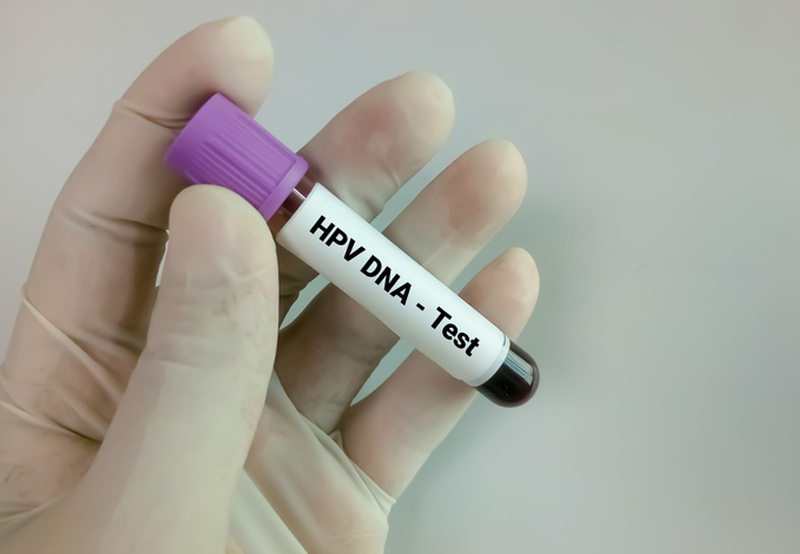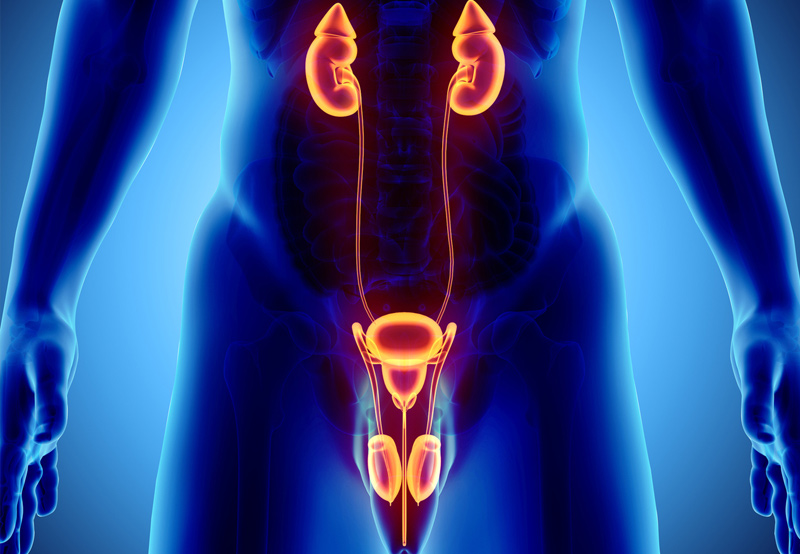

Penile cancer is diagnosed in fewer than one in 100,000 men each year and represents less than one percent of cancers in men in the US. There are about 2,200 new diagnosed cases of penile cancer per year and 440 deaths. Penile cancer is more common in South America, Africa and Asia.
Although rare, penile cancer can be caught early on if a man seeks medical attention as soon as he notices a new redness, growth or any other change in the penis. It is important to seek medical attention as soon as possible and to not allow embarrassment or fear to deter a patient from scheduling a medical appointment.
Risk Factors
Risk factors for penile cancer include:
- Human papillomavirus (HPV) infection
- Not being circumcised
- Phimosis and smegma
- Smoking and other tobacco use
- UV light treatment of psoriasis (PUVA therapy)
- Older age (55+)
- AIDS

Symptoms
Individuals who notice any of the following signs on the foreskin, or the shaft or head of the penis may have penile cancer:
- An area of the skin has become thicker and/or changed color
- A lump on the penis
- An ulcer, or sore, that may bleed
- A reddish, velvety rash
- Small, crusty bumps
- Flat, bluish-brown growths
- Smelly discharge (fluid) under the foreskin
- Swelling
Many of these signs may be caused by a bacterial or fungal infection, or even an allergic reaction. If they do not respond to antibacterial or anti-fungal ointments and creams, then they should be considered cancerous until proven otherwise.
It is important to screen for cancer as soon as any of these signs are noticed in order to identify it early on and keep the disease from progressing.
Treatment
Penile cancer can be treated with local treatments such as laser ablation, cryosurgery, topical chemotherapy, imiquimod and photodynamic therapy (PDT). If the disease has grown or progressed, it will likely require surgery (partial or complete removal), radiation therapy, and chemotherapy.
The specific type of surgery performed will depend on the stage of penile cancer. Surgery options for penile cancer include circumcision, simple excision, Mohs surgery, glansectomy, partial or total penectomy, lymph node surgery, sentinel lymph node biopsy (SLNB), inguinal lymphadenectomy and pelvic lymph node surgery.
Laser ablation involves using laser light to destroy cancer cells. This is an option for patients with squamous cell carcinoma in situ (CIS) and for men who refuse surgery.
Cryosurgery involves using liquid nitrogen to freeze and kill cancer cells. This procedure is appropriate for some verrucous penile cancers and carcinoma in situ (CIS) of the glans.
In topical chemotherapy, a cancer-killing drug is put on the skin in the form of a cream twice a day for several weeks. This treatment option kills cancer cells in the top layers of the skin but is unable to reach cancer cells deep below the skin.
Imiquimod is a drug that causes the immune system to react to the cancer and destroy it. The drug may be used as a cream applied to the skin about three to seven times a week for many weeks.
Photodynamic therapy (PDT) involves the use of drugs and laser light to treat cancer near the surface of the penis.
